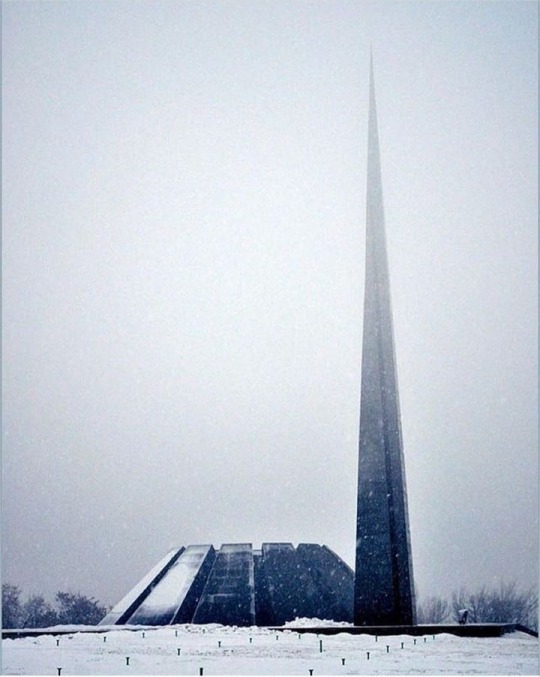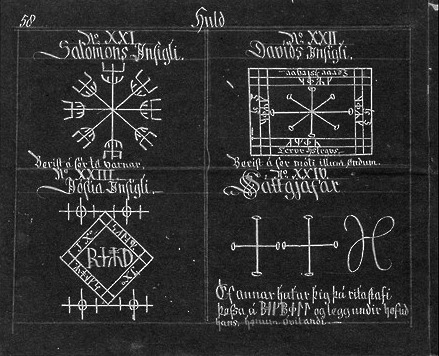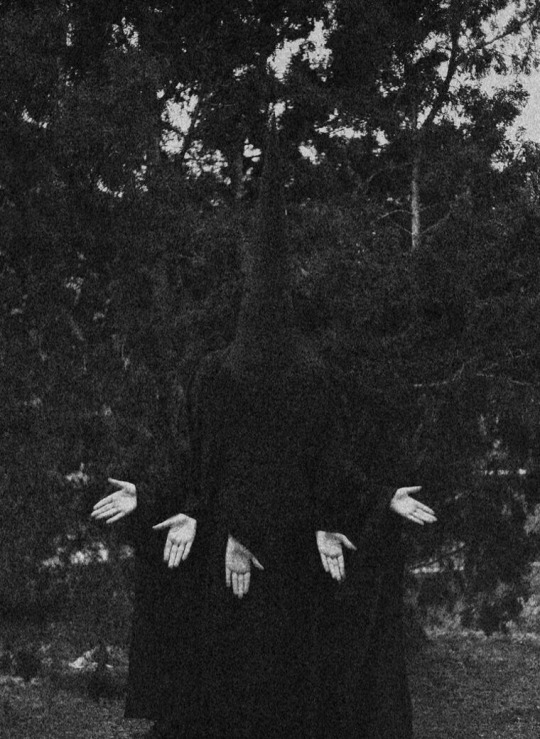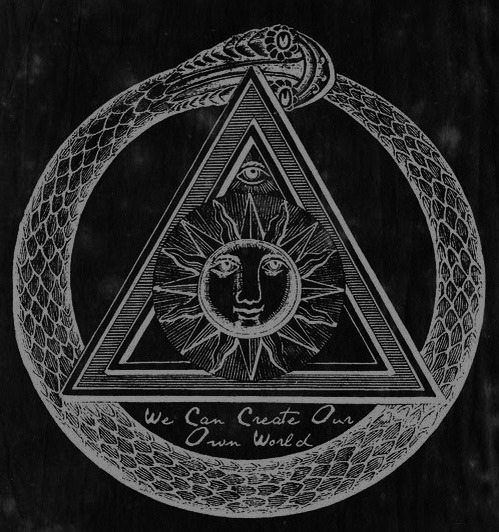Text

Armenian Genocide Memorial
Photo Valentina Sargsyan
1K notes
·
View notes
Photo

Hermes Trismegistus - The Cosmic Tree of Universal Matter with Seven Branches and Opposing Triangles, “Occulta Philosophia”, 1613.
1K notes
·
View notes
Photo








Barbara Walker - The Double-Triadic Hexagram, “The I Ching of the Goddess”, 1986. The original Triangle stood for the Goddess’s Trinity of Creator, Preserver, and Destroyer, she of a thousand names, such as Maya the birth-giving Virgin, Durga the preserving Mother, and Kali Ma the Death-dealing Crone. Her primary symbol was a downward-pointing Triangle, the Yoni Yantra, sometimes called Kali Yantra. This represented a Vulva (Sanskrit yoni), and femaleness in general: by extension, a womb, motherhood, female sexuality, the Life Spirit embodied in menstrual blood, or the world-activating power of the Goddess herself. The same symbol stood for ‘woman’ and ‘Goddess’ among ancient Egyptians, pre-Hellenic Greeks, Tantric Buddhists, and the gypsies who migrated westward from Hindustan. The primordial female Triangle became a male-female Hexagram by eight stages, graphically represented as follows. Figure 1 - At first there was only the Goddess alone, containing within herself all the elements in a fluid, unformed state. Figure 2 - With the passage of ages and by her will, eventually a spark of Life was formed within her core, represented by a dot. Tantric sages called this spark the Bindu, and one of the Goddess’s titles was Bindumati, Mother of the Bindu. Among Cabalists it became Bina, the Womb of Earth. Figure 3 - The Bindu grew and slowly became a separate being within the Mother, though it still lay wholly inside her borders. At this early stage of the Divine Creation, Darkness (the God) was still enveloped in a greater Darkness (his Mother). The God was still one with the author of his being, Maha-Kali, the Great Power. Figure 4 - At the fourth stage, the God was Born. Represented by an upward-pointing Triangle - which often symbolized the masculine principle of Fire - the God broke through the boundaries of the Primordial maternal Triangle. Here, at the moment of ‘Birth,’ the idea of the male Deity was conveyed by three solid lines, while that of the female Deity became three broken lines. Thus was the design taken apart, and its components utilized as Trigrams and Hexagrams in the I Ching. Figure 5 - Male and female Triangles, one separated, came together again in a very ancient figure that later rounded off to the Mathematical Symbol of Infinity in so-called Arabic Numerals, which were actually Hindu in origin. The two Tangential Circles or teardrop shapes of this sign meant the same as two Tangential Triangles: the two sexes in contact. The female Triangle above now took on the aspect of a nourishing breast, while the male received her nourishment. Figure 6 - Tantric yogis continued to hold that sexual union in true love was an intimation of Divinity, giving the partners a sense of merging ‘like pouring of water into water’. Similarly in Egypt, the Goddess and her God were represented by vessels of water, their conjunction by a combination of the two waters, as in the Sacred Talisman known as Menat. In the Middle East, a Sacrificial God was preceded by a vessel of water in procession to his place of Execution, a tradition that was followed even in the story of Jesus. Like Shiva, the Christian God also was born of the same Mother on whom, as a Divine spouse, he begot himself. Figure 7 - By penetrating each other to the farthest boundary, God and Goddess formed between them the ancient Tantric Symbol of the World, a Diamond, flanked by four new Triangles that were assimilated to the Elements, the four directions, the four corners of the Earth (when the Earth was supposed to be square), the four winds, the four divisions of the Zodiac, the four Sons of Horus, or the Norsemen’s related Spirits of north, east, south, and west that upheld the Heavens. All these ideas could be expressed in a simple glyph of six lines. Figure 8 - Finally, the ultimate interpenetration was shown by the full Hexagram. Male and female principles extended even beyond each other’s boundaries, becoming ‘One’ in sixfold Symmetry. This was the Union proposed by Cabalists as well as Tantric sages: the symbol of Eeternal Conception and Re-Creation. This was the hidden reason for the Rabbinic traditions claiming that the Ark of the Covenant contained male and female images sexually joined, ‘in the form of a Hexagram,’ and that the triple six of Solomon’s golden talents represented the king’s sexual union with his goddess, who gave him his great Wisdom. This explains also the early Christian’s horror of the sixfold symbol of Aphrodite, similarly united with Hermes as the first ‘Hermaphrodite,’ and their insistence that three sixes made a Devilish Number (666) and six was the ‘Number of Sin’. The ultimate absorption of the God into the Yoni Yantra (Goddess) was his Immolation, usually conceived as a voluntary Sacrifice of his Life for Salvation of the Earthly World, which needed the Life-Force inherent in Divine Blood. As Kali the Destroyer, the Goddess devoured her consort and returned to the original solitary female form of the Yantra (Fig. 1). Thus the Cycles of Creation and Destruction were carried on throughout the Life of the Universe.
762 notes
·
View notes
Photo

Amor Fati. Amor Fati is a Latin phrase that may be loosely translated as “Love of Fate” or “Love of One’s Fate”. It is used to describe an attitude in which one sees everything that happens in one’s Life, including suffering and loss, as good or, at the very least, necessary, in that they are among the facts of one’s Life and Existence, so they are always necessarily there whether one likes them or not. Moreover, Amor Fati is characterized by an Acceptance of the events or situations that occur in one’s Life. This Acceptance does not necessarily preclude an attempt at Change or Improvement, but rather, it can be seen to be along the lines of what Nietzsche means by the concept of “Eternal Recurrence”: a sense of Contentment with one’s Life and an Acceptance of it, such that one could live exactly the same Life, in all its minute details, over and over for all Eternity.
3K notes
·
View notes
Photo

Mythical Serpents interlocked in a struggle to obtain the Opposing Principles of Sun and Moon, in part of the Alchemical Process to attain the Philosopher’s Stone.
3K notes
·
View notes
Photo

Bindu. Bindu (Sanskrit: बिंदु) is a Sanskrit word meaning “point” or “dot”. A Bindi is a small, ornamental, devotional dot applied to the forehead in Hinduism. In metaphysics, Bindu is considered the point at which Creation begins and may become Unity. It is also described as “the Sacred Symbol of the Cosmos in its Unmanifested State.” Bindu is the point around which the Mandala is created, representing the Universe. It is often merged with seed (or sperm) and ova. In the Yoga Chudamani Upanishad Bindu is a Duality, with a white Bindu representing Shukla (sperm) and a red Bindu representing Maharaj (menses). The white Bindu resides in the Bindu Visarga and is related to Shiva and the Moon, while the red Bindu resides in the Muladhara Chakra and is related to Shakti and the Sun. In yoga, the Union of these two parts results in the Ascension of Kundalini to the Sahasrara.
1K notes
·
View notes
Photo

Octopus from Conradi Gesneri’s Historiae Animalium, 1551.
2K notes
·
View notes
Photo

‘천상열차분야지도’ (Cheonsang Yeolcha Bunyajido) - 14th century Korean star map.
2K notes
·
View notes
Photo






Attestation of Vegvísir in the Huld Manuscript. The Huld Manuscript is the name given to the book of collected Icelandic staves and spells, compiled by Geir Vigfusson in the 19th Century. Huld is the name of a völva in the Ynglinga and Sturlunga Sagas, who practiced Seiðr magic. A later Icelandic tale by Snorri Sturlusson tells us that she was a mistress of Odin, and mothered two demi-goddesses by him, who were named Þorgerðr and Irpa. If we look at the etymology, “Huld” means “Hidden” or “Secret” and is derived from Old Norse “Hulda”. This root is seen in many other words in Germanic lore.
9K notes
·
View notes
Photo

Burzum - Dauði Baldrs (Old Norse for “Baldr’s Death” or “The Death of Baldr”), 1997.
235 notes
·
View notes
Photo

I form the light, and create darkness. - Isaiah 45:7
376 notes
·
View notes





